Description
Tokoname ware and Kutani ware collaboration black mud flat round gold Kyusu teapot made in Japan
Size/capacity: about 160cc
*The capacity is 80% when full.
Country of Origin: Japan
Material / component: Pottery
A collaboration between Tokoname ware and Kutani ware.
The black mud Kyusu teapots designed by Tokoname ware traditional craftsman Tamamitsu Umehara Nidaime are hand-painted by Mr. Tamura, a Kutani ware painter.
In Tokoname and Kutani, two pottery production areas that have preserved traditions
A masterpiece of traditional craftsmanship has been completed by a pottery that has been making pottery for many years.
The Kyusu teapot, which is created by turning vermilion clay on a potter's wheel, is based on the concept of being simple, light, and easy to use.
We skillfully combine various techniques such as blue grains, red grains, gold leaf, silver leaf, and transfer overglaze, and give the painting considering the balance with the shape of the teapot.
Cera mesh net
In addition to being easy to hold and having a pleasant spout,
The reason why Tokoname ware Kyusu teapot is widely trusted
It is in the sophistication of the part of this tea strainer.
It is a traditional technique that the Tokoname ware Kyusu teapot, which craftsmen have worked hard to create, boasts.
What is Tokoname ware?
What is a Tokoname ware Kyusu teapot?
Where the glaze is not applied to the copper. Combined with this and the firing temperature (around 1120 to 1140 degrees), the surface of the fired dough is slightly uneven. Therefore, you can make a mellow and delicious green tea.
Tokoname ware is a type of pottery produced in and around Tokoname City, Aichi Prefecture.
A traditional Japanese craft, it is considered one of the six ancient kilns of Japan, and is known as ceramics that have been produced for a long time since the Middle Ages.
What is Kutani ware?
Ceramics produced in the Kaga region of Ishikawa Prefecture. It is characterized by overglaze painting in which multicolored pictures are drawn.
On top of the dynamic and vibrant lines, the deep glow of Japanese pigments applied in five colors of green, yellow, red, purple, and navy blue is beautiful.
Each kiln has its own unique painting style, with Ko-Kutani's "Aote" and Miyamotoya kiln's "Akae Fine Drawing" being characteristic. In addition, a technique called kinrande, which appeared around the Meiji period, became popular all at once and is called “Japan Kutani”.
* AS EACH ITEM IS HANDMADE ONE BY ONE, THERE MAY BE SLIGHT DIFFERENCES IN COLOR, SHAPE, AND SIZE.
* DEPENDING ON YOUR DEVICE AND VIEWING ENVIRONMENT, THE COLOR AND TEXTURE OF THE PHOTO MAY LOOK SLIGHTLY DIFFERENT FROM THE ACTUAL ONE.
THANK YOU FOR YOUR UNDERSTANDING.
* TokyoStore IS CLOSED ON SATURDAYS, SUNDAYS, AND PUBLIC HOLIDAYS.
* IN RARE CASES, THE STOCK MAY BE OUT OF STOCK BECAUSE THE STOCK IS SHARED WITH OTHER SALES SITES. IN THAT CASE, WE WILL NOTIFY YOU IMMEDIATELY.
* TokyoStore WILL SHIP AS SOON AS POSSIBLE, BUT IT MAY TAKE 3 TO 7 BUSINESS DAYS TO PREPARE FOR SHIPPING DEPENDING ON THE ORDERED ITEM.
THANK YOU FOR YOUR UNDERSTANDING.
* TokyoStore does NOT collect any local duties, taxes or fees on international orders.
For countries that apply sales taxes and / or customs duties (esp. European countries), if applicable, those charges will be payable to local authorities before delivery.



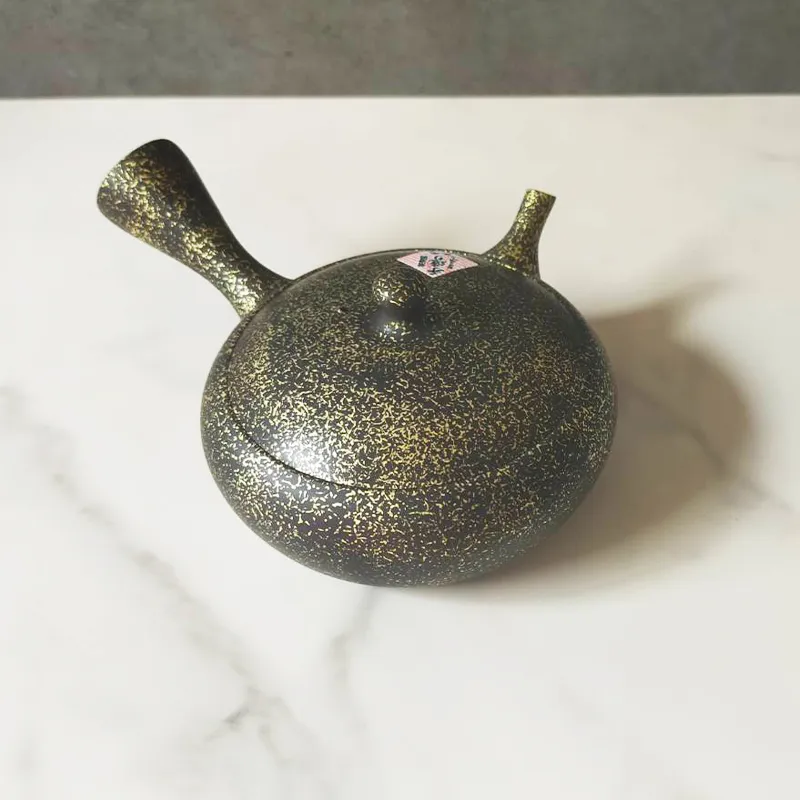


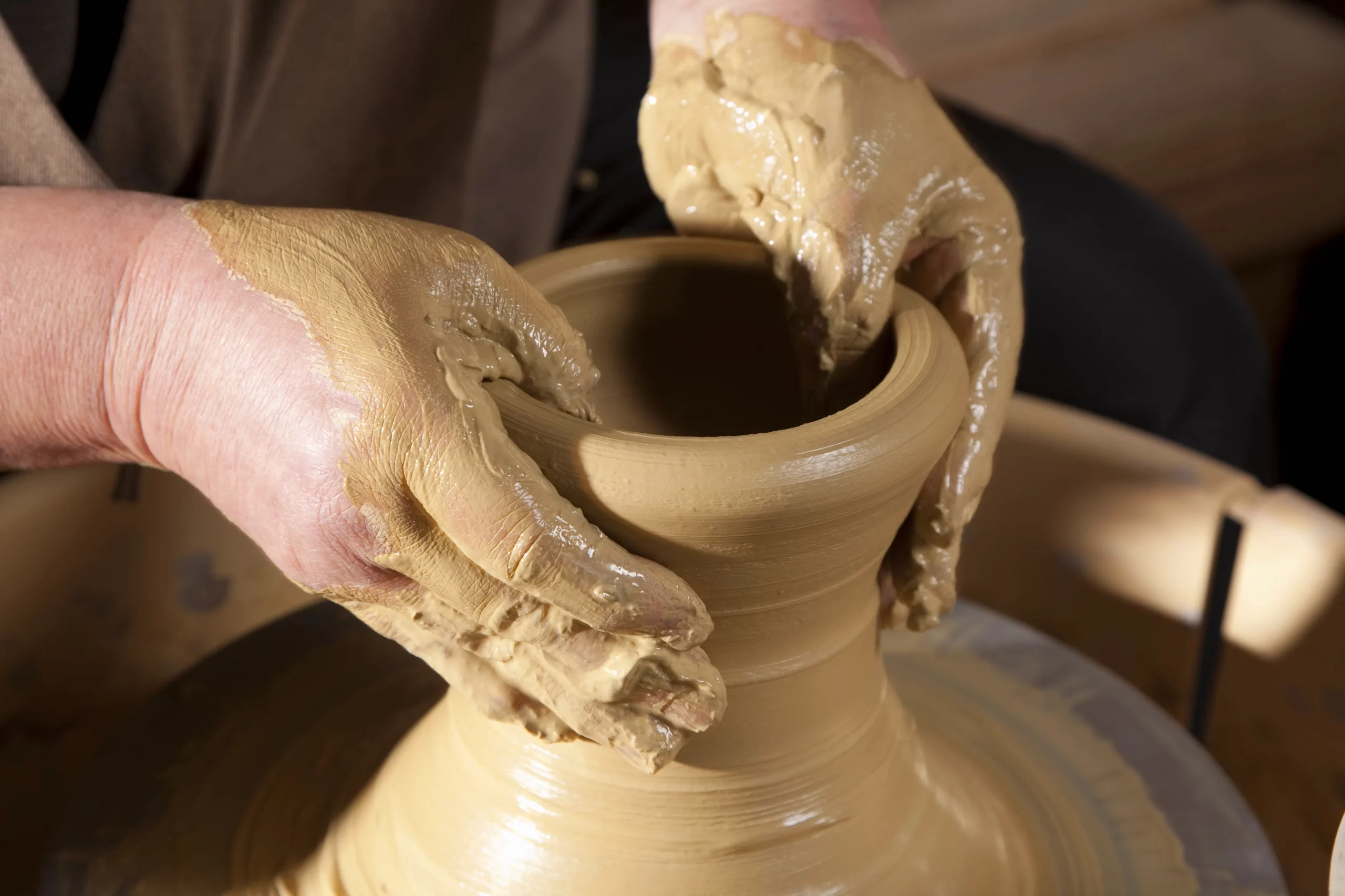
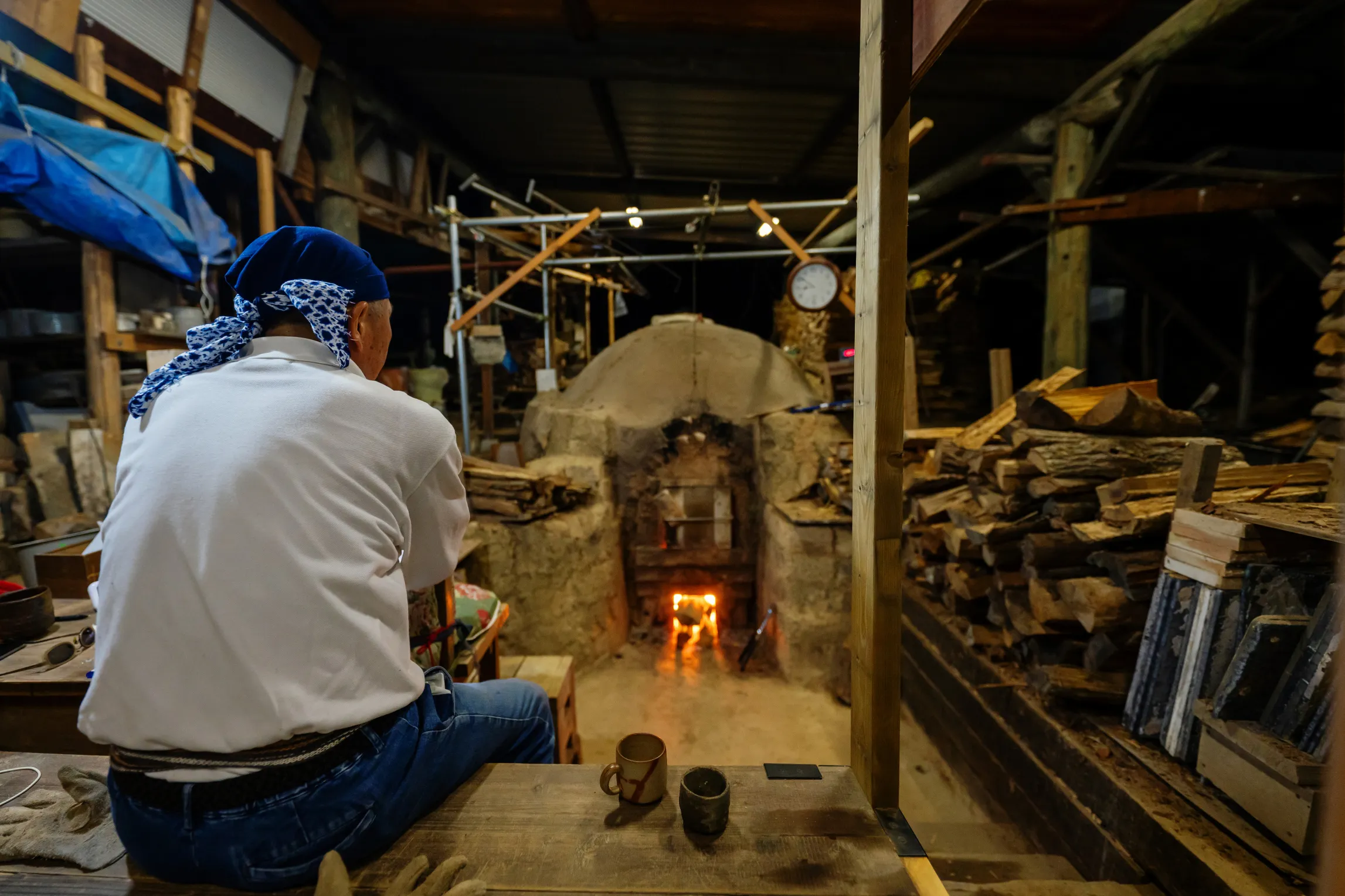
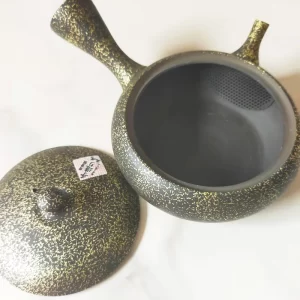

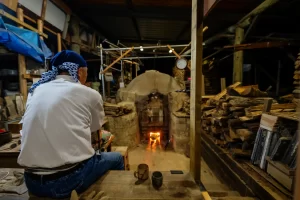
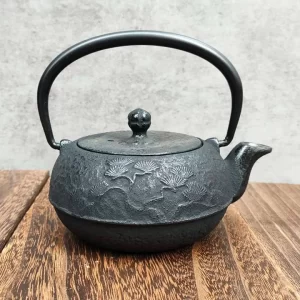


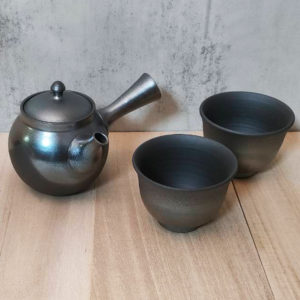
Reviews
There are no reviews yet.